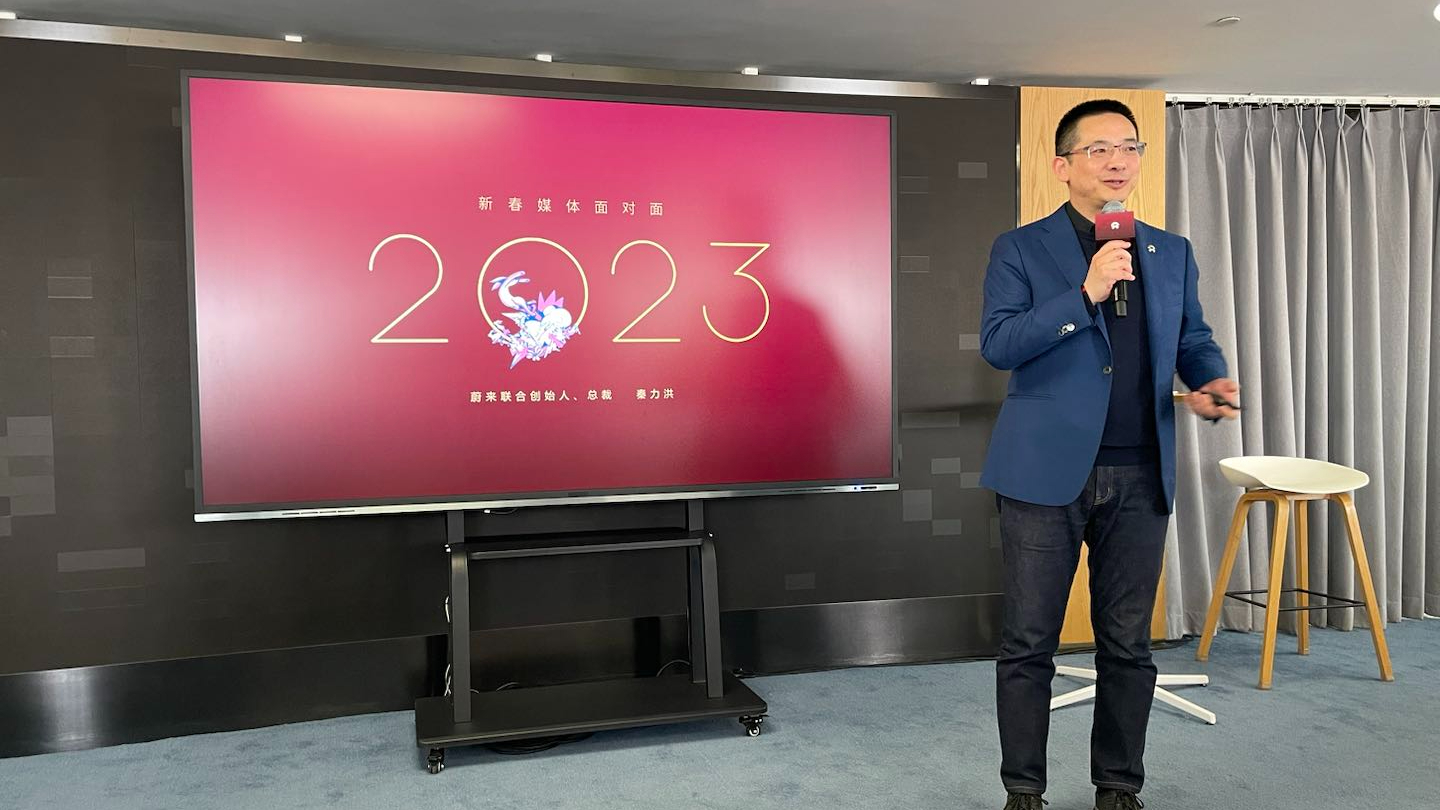NIO Spring Festival Travel Data Report
On today’s NIO “New Year Face-to-Face” event, Qin Lihong and Shen Fei shared data about the Spring Festival travel period from January 13th to February 5th this year. As the largest Spring Festival travel period since the outbreak of COVID-19, NIO treated it as a stress test and gained some achievements and insights.

Spring Festival Travel Data Report
In terms of travel distance, NIO users travelled a total of 384,447,121 kilometers during the Spring Festival travel period, with 18 users travelling more than 10,000 kilometers.
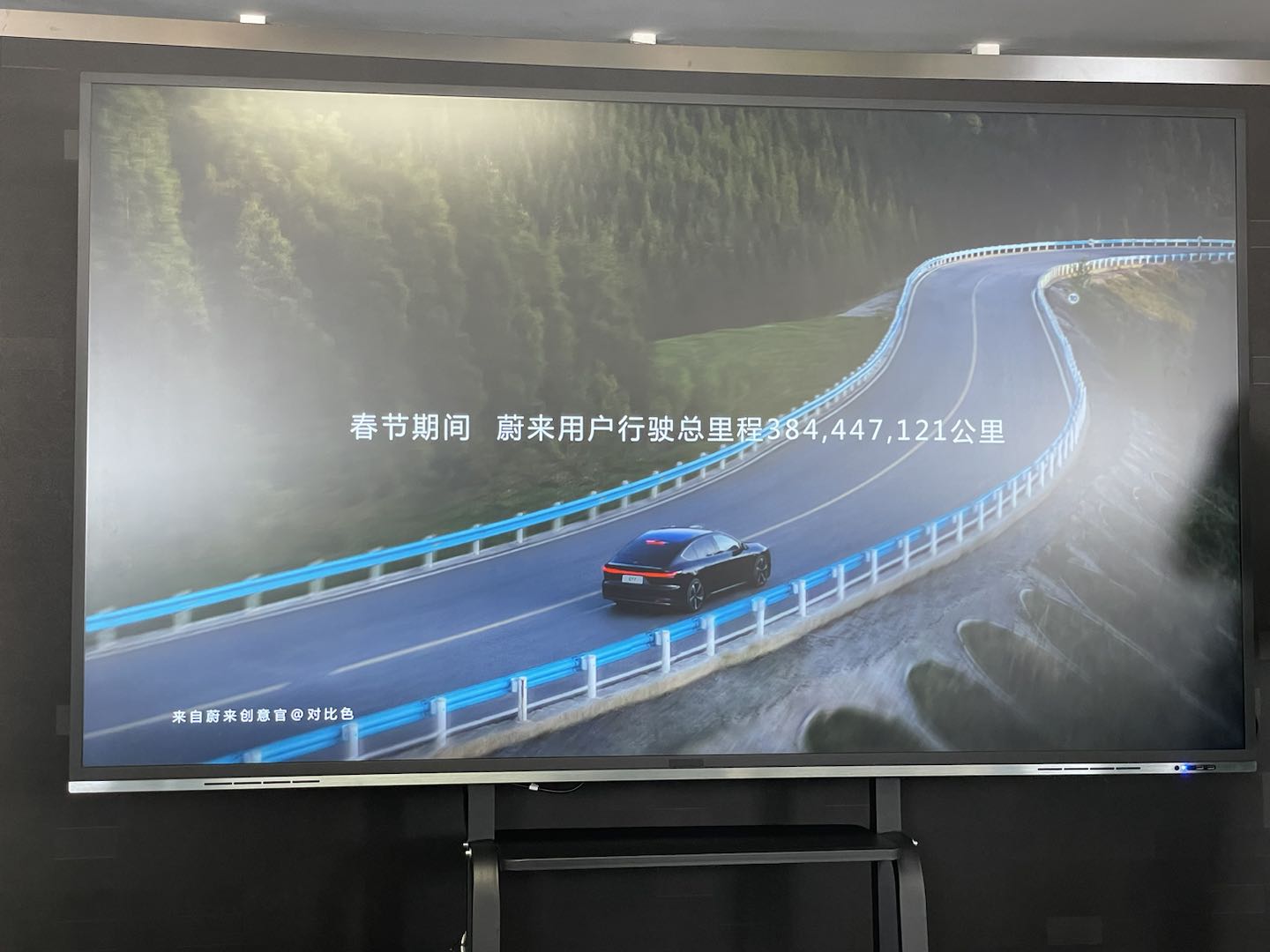
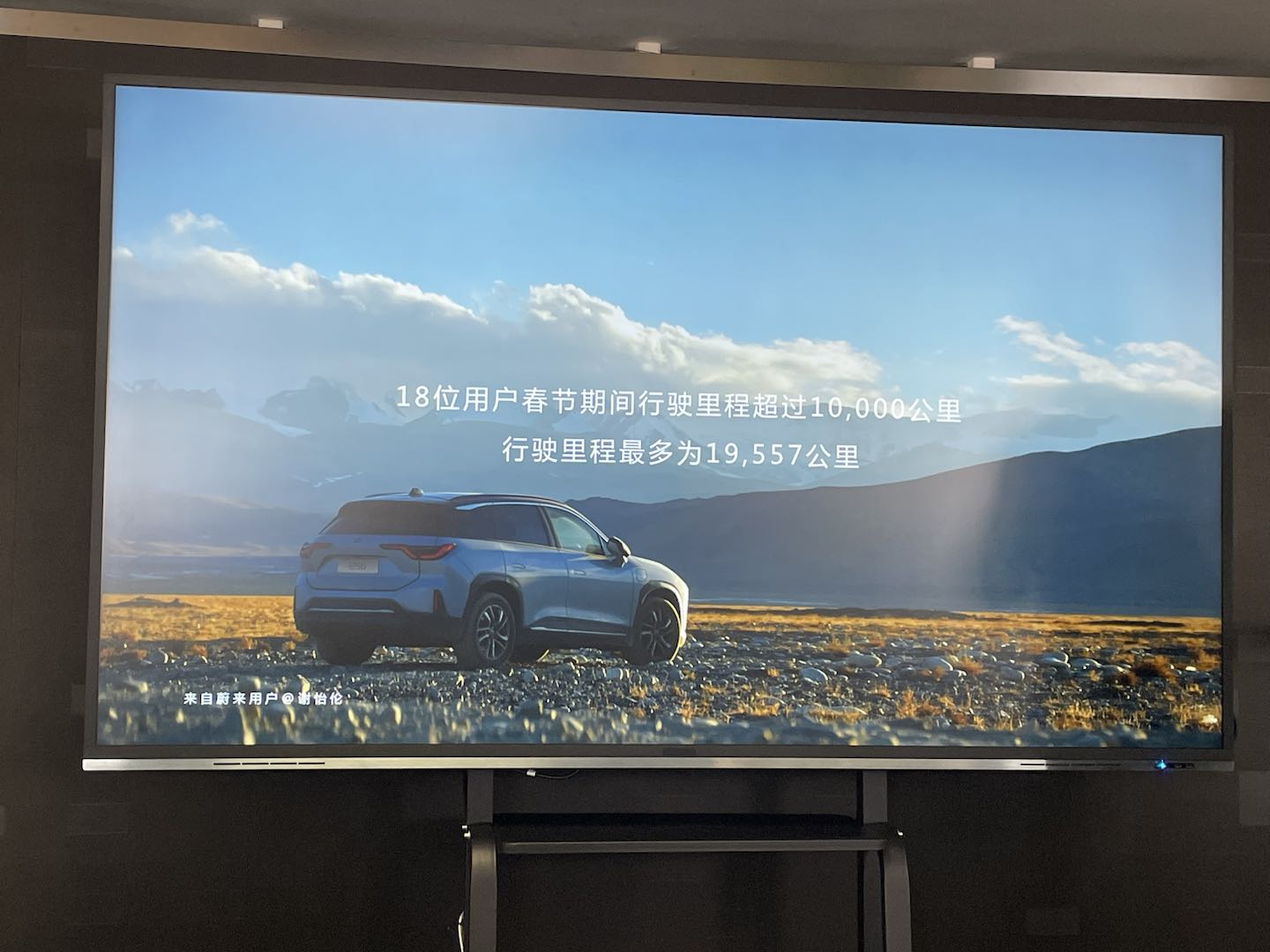
The user with the highest travel distance drove 19,557 kilometers. Lihong said that this distance is almost the same as the distance of the standard factory tests.
Battery Swapping Service
The battery swapping data is critical, as NIO provided all car owners with unlimited free high-speed battery swapping services from January 13th to February 5th. Here are the data during the period:

During this period, NIO provided a total of 1,245,095 battery swapping services and 901,900 charging services, with a total of 372,324 free battery swapping services on the highway.
The peak number of daily high-speed highway battery swapping was 23,866 and the total number of battery swapping services was 1,245,095, with a total of 372,324 free battery swapping services on the highway.The user with the most battery swaps during the Chinese New Year changed batteries 75 times, while the second and third users changed batteries 66 and 62 times respectively.
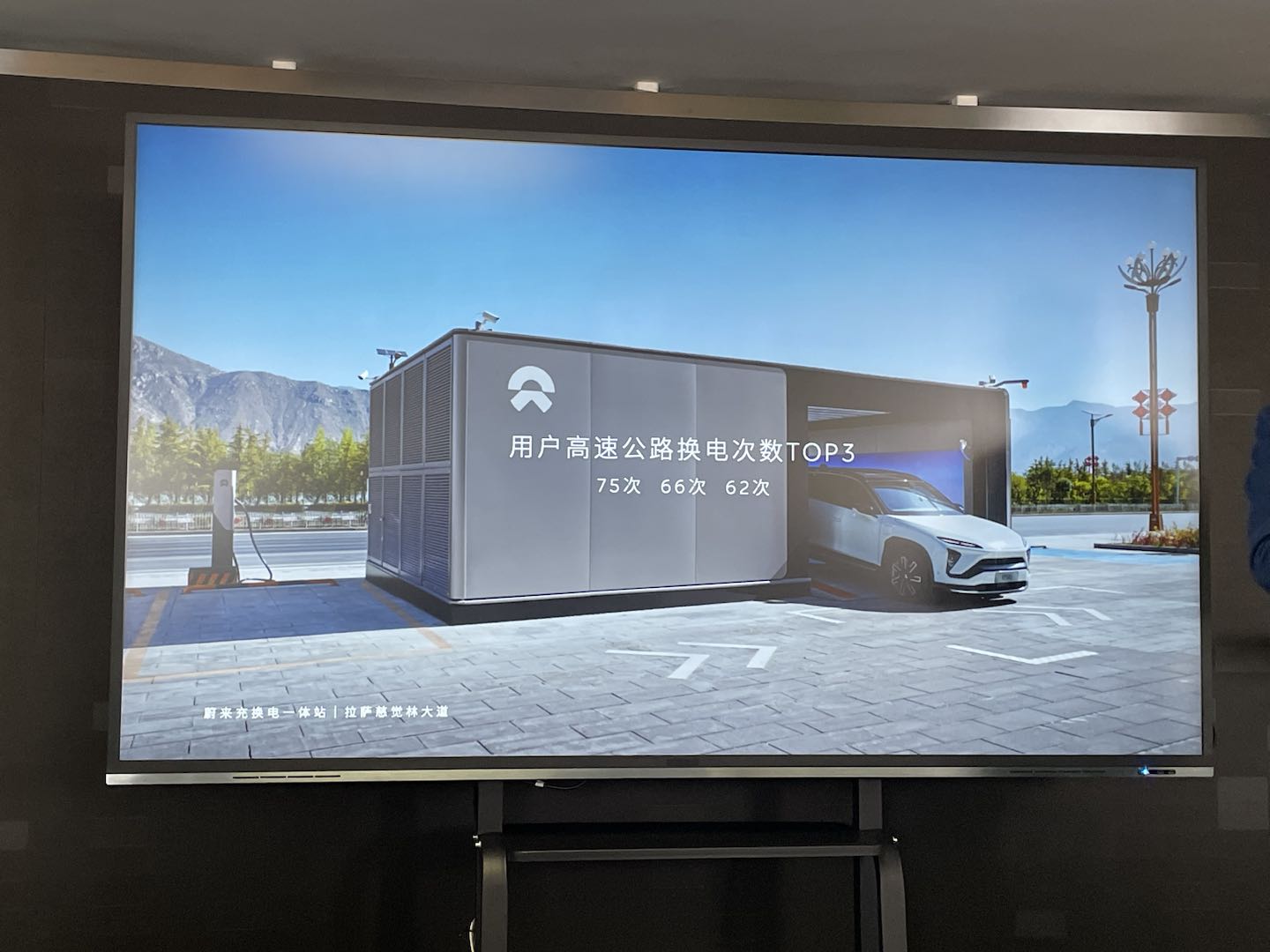
There were 13,723 battery upgrades in total, including 5,441 shared batteries. Users who chose the 100-degree battery pack downgraded and then upgraded to the 70/75-degree battery pack.
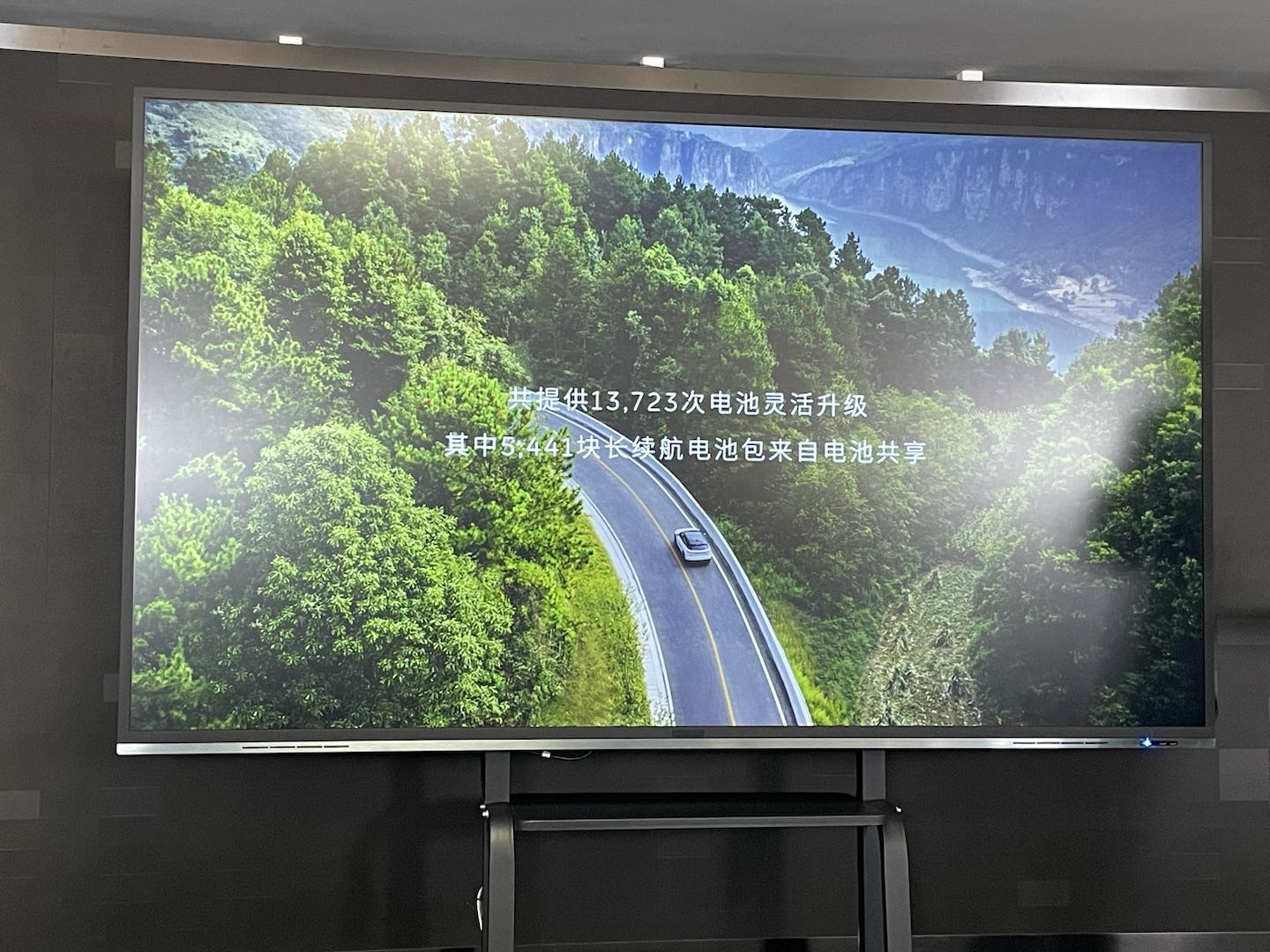
The average waiting time on the highway was 13.08 minutes, with a peak of 16.35 minutes at noon. This indicates that everyone rested and drove in the morning before swapping batteries.

Li Hong mentioned that this data could also be used to review some issues, such as underestimating local sites. Later, site density will be improved. The data also proves that this pressure test was effective.
Regarding Li Bin’s plan to build 400 stations in 2023 mentioned during NIO Day, Li Hong estimates that the number will be increased, and plans to announce new plans for constructing stations within the year in February.
Charging
NIO has a total of 12,629 charging piles as public facilities for all EV owners.
76% of NIO’s superchargers are used by other EV brands, while NIO’s own users account for 24%. Qin Lihong also showed a chart on which BYD accounted for 17.6% and ranked second, while Tesla accounted for 15.8% and ranked third. All other brands had a significant gap with these three brands.
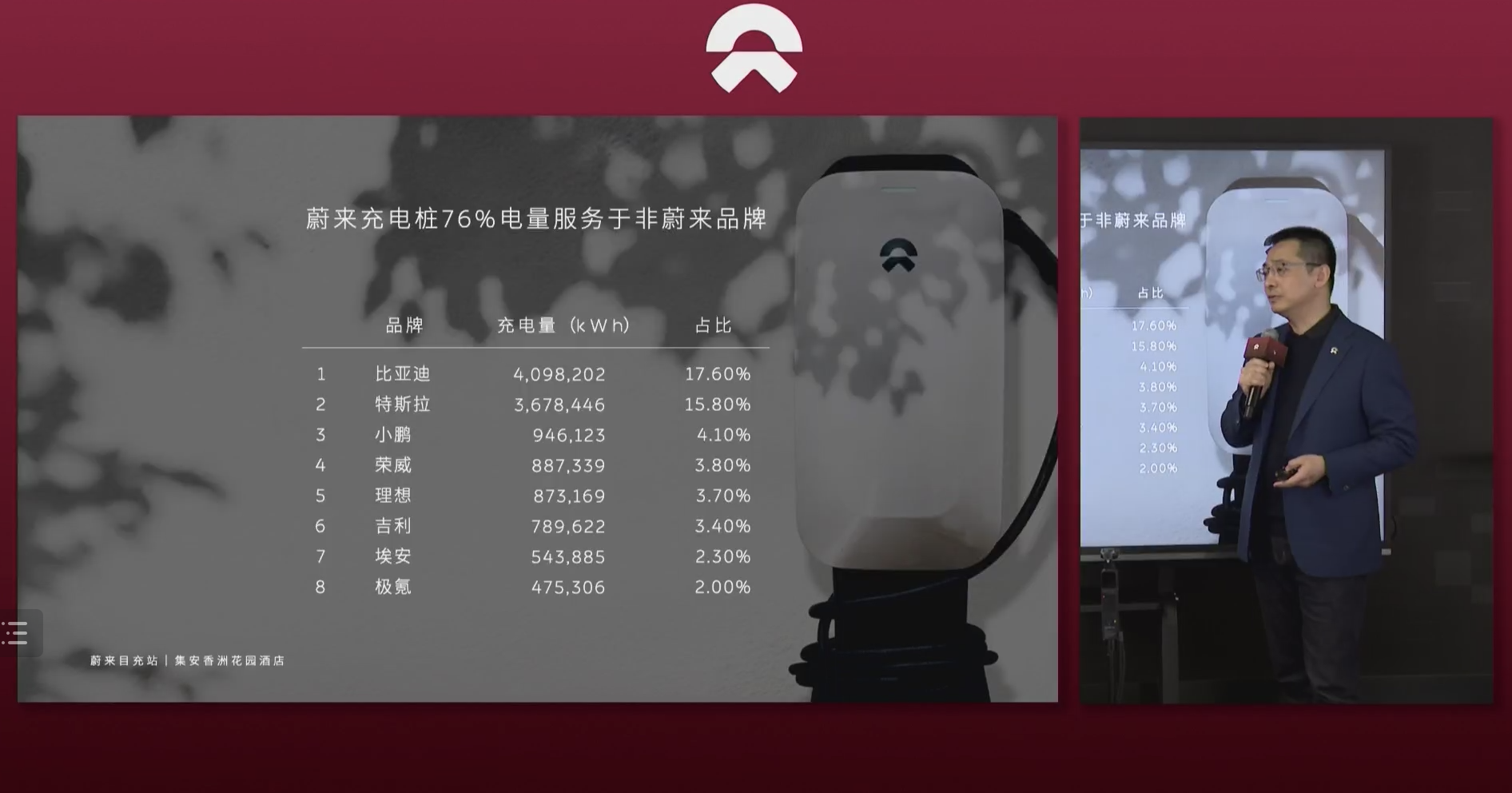 ## Translation of Markdown Text
## Translation of Markdown Text
Qin Lihong praised this chart on site, saying that it reflects that competitors’ cars are selling well.
In addition, it was emphasized again that brands making electric vehicles must make charging facilities, and it was also advocated that everyone should open up their charging stations if they have set them up. This point can also improve the future travel experience for all electric vehicle owners.
Service guarantee data
During the Chinese New Year, NIO provided a total of 199,768 various guarantee services, including:
- Valet parking 61,441 times
- Home-to-home delivery 57,432 times
- One-click charging 32,409 times
- One-click maintenance 28,746 times
- Car washing service 12,929 times
- Test driving service 4,919 times
- Roadside assistance 1,892 times
Q&A summary of Qin Lihong and Shen Fei on site
Q: What was the original intention of launching the Chinese New Year free battery replacement service?
A: It was estimated that the lifting of the epidemic-related restrictions would create pressure, and we wanted to help users release the emotions that had been accumulating for three years when they return home. Although providing the service for free increased the flow of people, we still wanted to cover all users. On cost, during the Chinese New Year period the cost of free charging was lower than usual, so we wanted to save marketing costs and spend more on users. The additional cost compared to a regular free charging benefit was as little as the cost of a king-sized ad, so it wasn’t a significant issue to reduce our ad spending.
Q: Many netizens have questioned NIO’s pace of releasing new cars. How does NIO view this internally? How can the sales level be improved in the future? Will there be any improvements in the future?
A: Not all of NIO’s models require six months to be released (e.g., ES7). Some things have become more complicated due to the epidemic and supply chain issues. Additionally, NIO Day is too fixed, and every year we release a product with different delivery times. We will adjust the pace of the problem and releases of new cars will be more frequent but brief. There may be two new cars other than ES8 and EC7 that are ready for delivery earlier, but they haven’t been released yet. Of course, NIO attaches great importance to this issue and will continue to optimize.
Q: Was the discount for the 866 model designed to clear inventory ahead of the new-generation model?
A: Yes, the discount was designed to clear inventory for the new-generation model. NIO hopes to prepare for 866 on the 2.0 platform. Some online media have overinterpreted NIO’s discount policy, and the news reports are not accurate. Very few cars are eligible for a ¥100,000 discount. However, the 866 inventory clearance is still quite competitive in today’s market, and everyone is welcome to purchase.Q: Do you have any ultimate solutions for the power replenishment of the highway stations?
A: It is challenging to provide satisfactory services at the station during holidays. The traffic volume during the holidays is usually three to five times that of normal days, and during the Chinese New Year, it exceeds five times. The difficulty lies in balancing the needs of normal days and holidays.
First, we can construct more battery swap stations.
Second, we can develop a comprehensive solution where charging and swapping are combined. The experience of swapping is undoubtedly better for daily use, and the experience during holidays depends on the power supply capacity of the grid. Therefore, a higher number of supporting battery swap facilities must be equipped at the service areas.
Third, we can increase the layout of the highway entrance and exit, which can serve both highway users and surrounding areas.
Q: Is it possible to eliminate the probability of battery swap failure?
A: During the Chinese New Year period, many battery swap stations have been operating 24/7 with no staff. Nio requires a 99.99% success rate (FTT) for the battery swap. However, the current rate fluctuates around 98%, which is still not enough. For the issue of upgrading older generation stations, the company is still in the early stage of expansion, and the priority is on filling the spaces instead of upgrading the older stations. Gradually, the dependence on human resources will be reduced.
Qin Lihong also mentioned in other Q&A sessions that there are no significant problems with the 150 kW battery in the first half of this year, and there are no plans to modify the free battery swap entitlement for the first-time vehicle owner with 4/6 swaps. Considering that the 150 kW battery has been on the market for over two years, it is wise to remain cautious about whether there will be another delay.
This article is a translation by ChatGPT of a Chinese report from 42HOW. If you have any questions about it, please email bd@42how.com.
